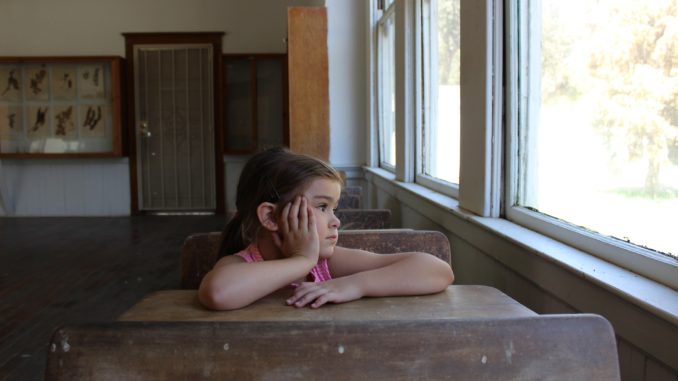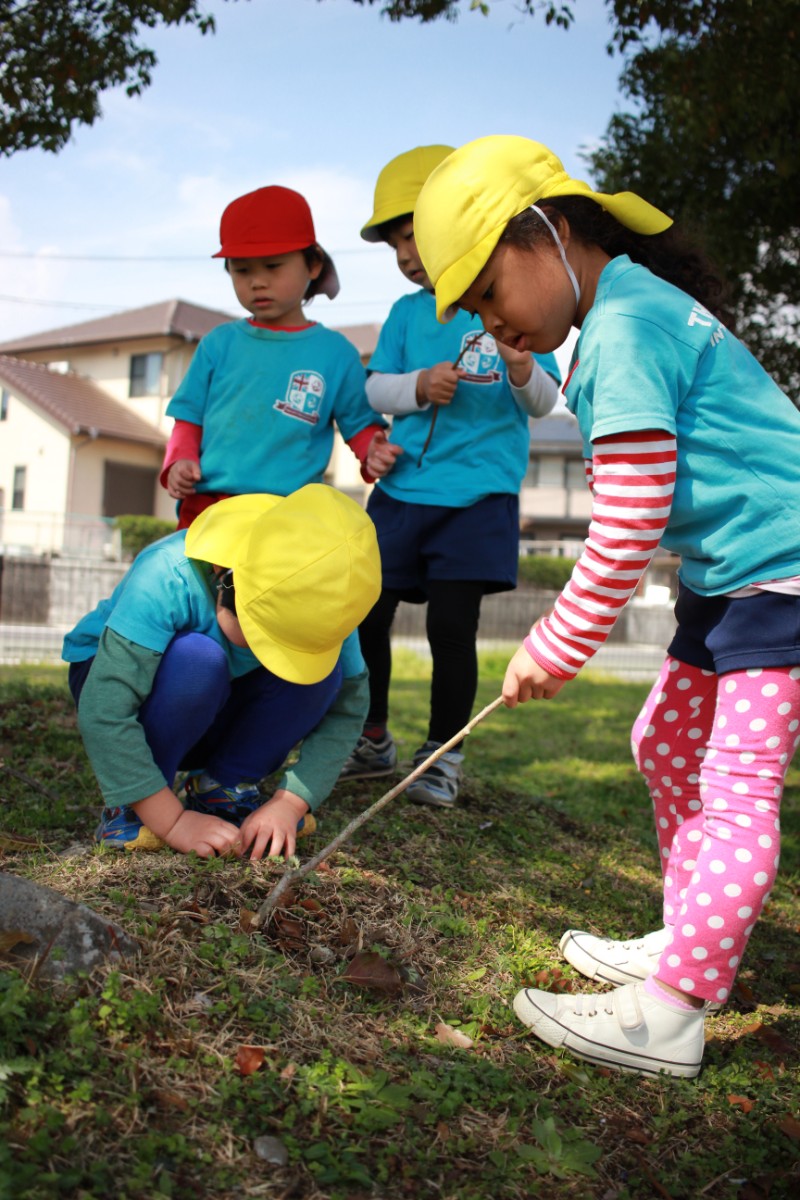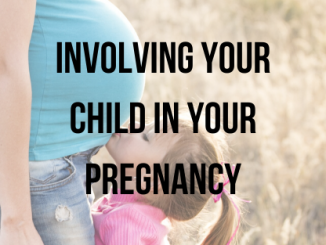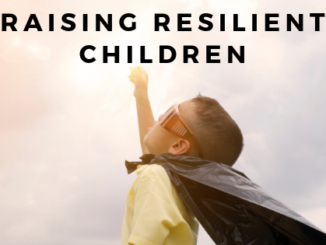We know that between the ages of 0 and 5 children learn a great deal. At birth, most infants are helpless, relying upon others for all of their most basic needs. Yet by age 5 most can walk, talk, run, feed themselves, converse freely about a number of topics expressing their own thoughts, feelings and ideas.
So, what does effective learning look like in the early years? Probably not what you’d expect.
No “Lessons”
Often adults will think back to their own time in school and recall more formal learning structures, desks, blackboards, “chalk and talk” lessons, and it can be easy to imagine that early years is just a mini version of this with smaller children learning by rote and repetition, or with flashcards and worksheets.
The global drive to expand and integrate early education services into education systems means that for some schools and education systems it can be tempting to extend primary education ideas and methods of teaching and learning down into the pre-primary level but this is not in children’s best interests (UNICEF, 2018)
Teaching in the early years should not be a formal affair, and so it often doesn’t look like parents, or even other teachers, expect. Teaching in the Early Years is subtle, behind the scenes, and often hands-off. The best teaching in Early Years settings is child-led, and requires a high level of reflective practice and skill. There may be focussed activities on offer at certain points in the day, but on the whole, learning is a continuous flow. The artificial division of time into “lessons” has no real place in the Early Years.
Play

Play is described by several key bodies as “what children and young people do when they follow their own ideas and interests, in their own way, and for their own reasons” and it is fundamental to children’s learning, and all aspects of their development.( DCMS 2004, DCSF 2008).
Effective learning in the early years is ‘learning through play’, or ‘playful learning’, which is central to quality early childhood pedagogy and education. (UNICEF, 2018)
Children are naturally wired to play, from birth they have an instinct to ‘play’ and there is plenty of evidence from neuroscience suggesting that play physically builds, shapes and develops the brain. (Burghardt, 2005).
When children choose to play, they are not thinking “Now I am going to learn something from this activity.” Yet their play creates powerful learning opportunities across all areas of development. (Lego Foundation, 2016) which is why effective learning in Early Years Settings is often built upon play.
Physical activity
Early years classrooms and areas can be very busy places indeed, with children moving about constantly. No rows of desks and quiet writing in Early Years!
This is because physical activity is intrinsically bound up with effective learning in the Early Years; Connel & McCarthy (2013) explain “A young child can learn only what her brain is primed and ready for. And in the early years, that’s everything the body has to teach— the tangible, physical, and sensory qualities of the world around her. It’s no wonder preschool learning rarely happens sitting down.” So effective learning in the Early Years is hands-on, experiential learning often linked to sensory input. In 1919 Margaret McMillan put it thus; “To move, to run, to find things out by new movement, to feel one’s life in every limb, that is the life of early childhood.”
As well as mastering physical skills and learning about abstract concepts such as ‘number’ through experiential, hands-on learning, physical activity is important in helping children to process all sorts of thoughts, feelings and learning. Majory Ouvry said “…movement is thought in action.”and so as children move they sort through, process, make sense of and ‘file’ their thoughts.
Risk & Exploration
Taking risks is integral to development and children are universally, innately attracted to risk. This reflects what we observe our children naturally tending towards; play involving height, motion and speed, Play-acting unpredictable scenarios, Standing on their heads, spinning, rolling, etc. This kind of play is biologically based and has helped humans to develop and change as a species.
Risk in an Early Years setting does not mean deliberately placing children in danger but it does mean allowing children to take part in some activities in which there is sufficient challenge, and in which the outcome is not 100% known. As well as building physical skills (balance, co-ordination and strength) risk taking can be socially based and improve social skills (encouragement, teamwork, resilience)
EYFS
The EYFS, Early Years Foundation Stage, is essentially and deliberately rooted in play and is best carried out through play. As such, play underpins the Early Years Foundation Stage, which demonstrates the importance of play by naming ‘playing and exploring’ as a characteristic of effective learning.
There are 3 so-called “Characteristics of effective learning” which are ways of evidencing the learning process as well as the learning outcome. These are; playing and exploring, Active Learning and Critical Thinking.
Playing and exploring, focuses on children’s engagement with resources, peers, staff and activities. These may mean playing with what they know by accessing familiar resources or being willing to join in and have a go at something new.
Active learning describes a child’s motivation to learn. Children will be seen to be involved and concentrating on their tasks, they will preserve and enjoy achieving their own aims
Creating and thinking critically demonstrates children’s though process and includes Having their own ideas about ways to do things, making links between what they already know and new challenges.
Put simply; effective learning in the early years looks like play.
It is sometimes, noisy, messy, physical, risky, not necessarily linear in its progression…it is the essence of childhood.
Maria Montessori said that “Play is the work of the child” and for early years settings this is true; play is effective learning.
References:
Burghardt (2005) The comparative reach of play and brain; perspective, evidence and implications, American Journal of Play, Vol 2. No.3
Gill Connell & Cheryl McCarthy (2013) A Moving Child Is A Learning Child
Department for Digitial, Culture, Media and Sport (2004) Department for Children, Schools and Families (2008). Play England’s Charter for play
Gleave, Josie, and Issy Cole-Hamilton (2012) A world without play: A literature review. Play England and BTHA
The LEGO Foundation (2016) What We Mean by Learning Through Play [Leaflet]
Margaret McMillan (1919) The Nursery School
Montessori, M. (1936). The secret of childhood. B. B. Carter (Ed.). Calcutta: Orient Longmans.
Marjorie Ouvry (2003) Exercising Muscles and Minds: Outdoor play and the Early Years Curriculum
UNICEF (2018) Learning through play: Strengthening Learning through play in Early Childhood Education programmes, UNICEF Education Section, Programme Division







